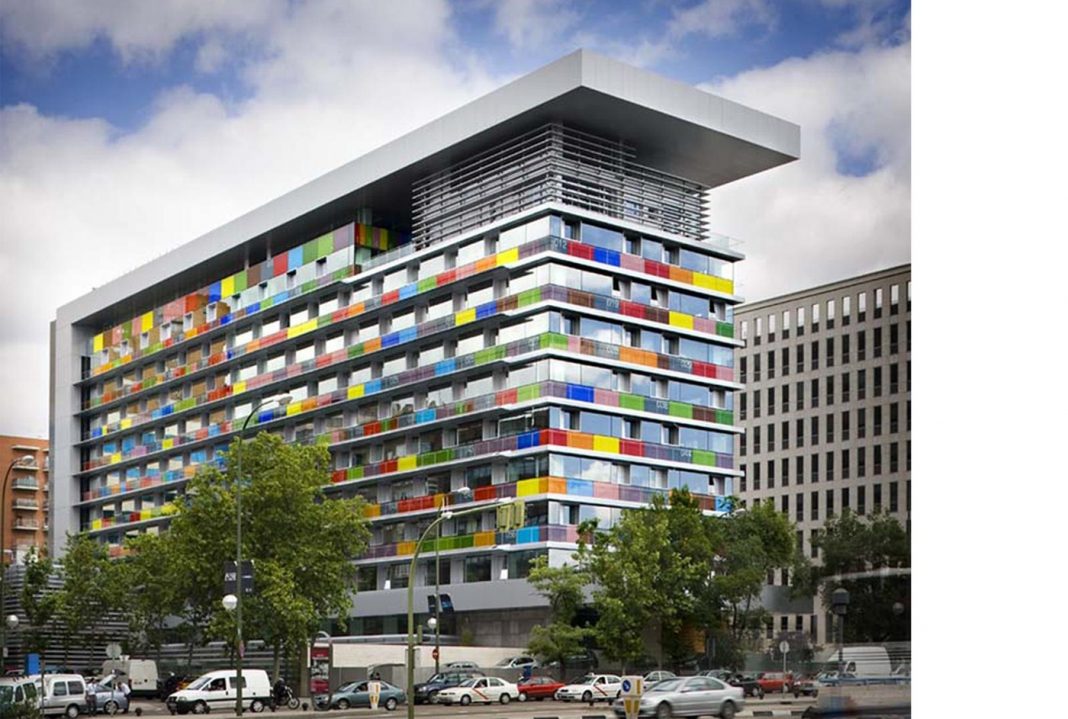The Consumer Price Index (CPI) rose by 1.6% year-on-year in August 2017, one tenth more than in July, according to the figures published by the National Statistics Institute (Spanish acronym: INE). This rate matches the one advanced by the INE at the end of last month.
This trend is mainly due to the rise in energy product prices and, to a lesser extent, by processed food prices, partially offset by the lower rate of growth of non-energy industrial goods (NEIG) prices, and the more significant decline of unprocessed food prices. In month-on-month terms, the CPI grew by 0.2% in August 2017, compared with a 0.1% rise in the same month of 2016.
Energy product prices grew by 6.3% year-on-year, 2.2 points more than in July. This was mainly due to the rise in fuel and lubricant prices, which rose from 1.9% year-on-year in July to 5.4% in August. Furthermore, gas prices rose by 12.6%, compared with 10.7% in the previous month. In turn, the rise in electricity prices slowed by eight tenths to 5.4%.
Food inflation stood at 0.3% in August, the same as the previous month. Unprocessed food prices fell by 1.6%, six tenths more than the previous month, with noteworthy performance from fresh fruit, which fell at a faster rate of 2.8 points (to fall from 12% in July to 14.8% in August). Prices of processed food, drink and tobacco grew by 1.1% in August, one tenth more than in July. There was a noteworthy rise of nine tenths in oils and fats to 7%.
Core inflation – which excludes fresh food and energy, the most volatile elements of the CPI – fell by two tenths in August to 1.2%, mainly due to a more moderate rise in the price of services and non-energy industrial goods (NEIG). Services grew by 1.7% year-on-year, two tenths less than in July, with noteworthy performance of package holiday prices, which fell by 2.2 points to 6.2%, and phone and fax services, which rose at a slower rate of nine tenths to 1.5%. In turn, NEIG prices stabilised in August, following a 0.3% increase in July, with a noteworthy decline in the price rise of automobiles, which fell from growth of 3.3% in July to 1.7% in August. In contrast, processed food prices rose by 1.1%, one tenth more than in the previous month.
In month-on-month terms, the CPI posted a rise of 0.2% in August, compared with a rise of 0.1% in the same month of 2016. By heading, the price of services grew by 0.4%, two tenths less than a year ago; NEIG prices fell by 0.2% while they remained stable in August 2016; food prices fell by 0.1%, following no change last year; while energy prices rose by 1%, after a similar fall in August last year.
In the food category, prices of unprocessed foods posted a month-on-month fall of 0.9% in August 2017 (a fall of 0.3% in the same month of 2016), while those of processed food stood at 0.2% (0.1% a year ago).
In August, the year-on-year CPI grew in 10 autonomous regions, remained unchanged in four, and shrank in the three remaining regions. The biggest inflation rate increases were posted in Cantabria and the Principality of Asturias (five tenths and two tenths respectively, to 1.8% and 1.5%), while the largest decreases were posted in La Rioja and Navarre (two tenths each, to 1.5% and 1% respectively).
The year-on-year constant tax CPI rate for August stood at 1.6%, the same as the general CPI.
The INE has also published the harmonised CPI (CPIA) for August 2017, with a year-on-year variation of 2%, up by three tenths on July’s figure. Meanwhile, the rate advanced by Eurostat for the Eurozone was 1.5% in August, two tenths higher than in the previous month, giving rise to an inflation differential favourable to Spain over the Eurozone by 0.5 points, one tenth higher than July’s figure.





